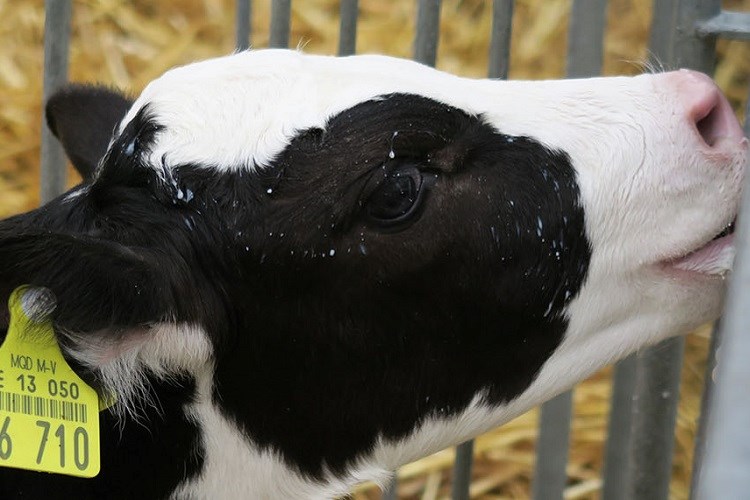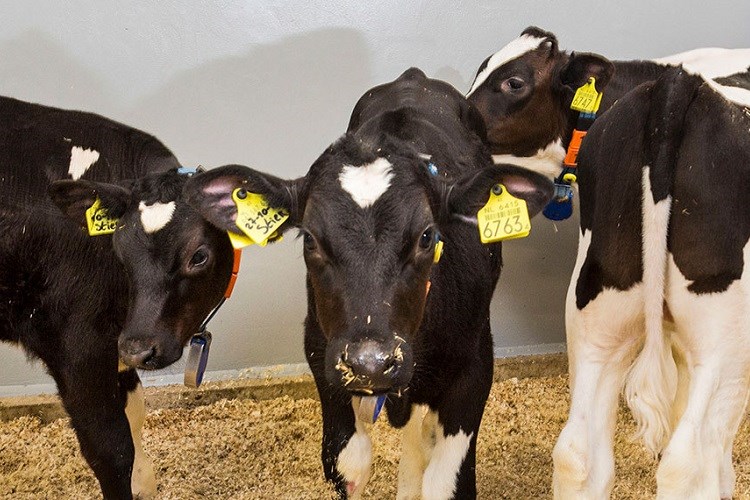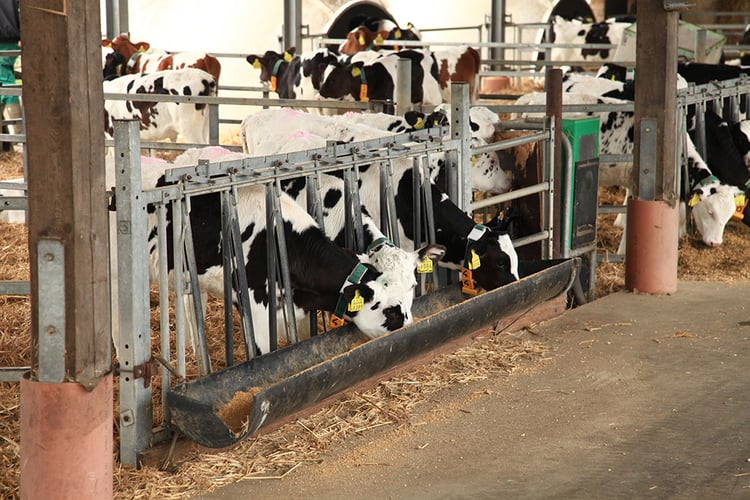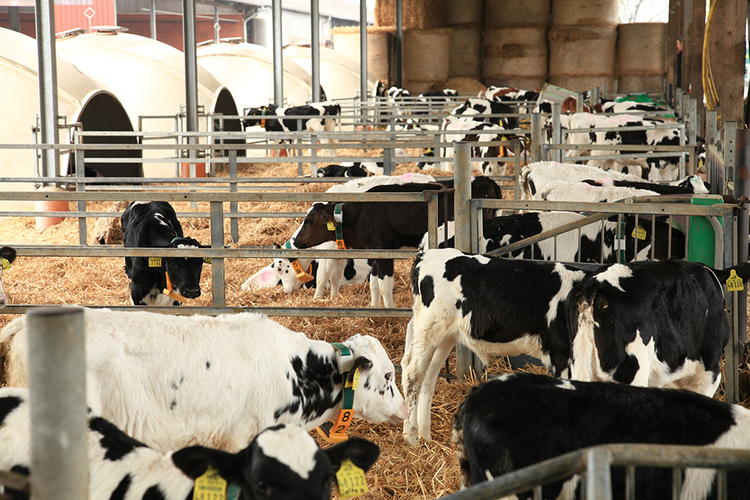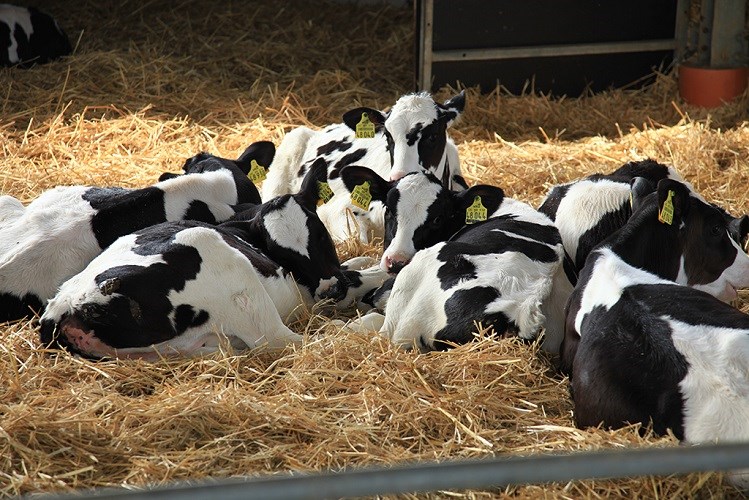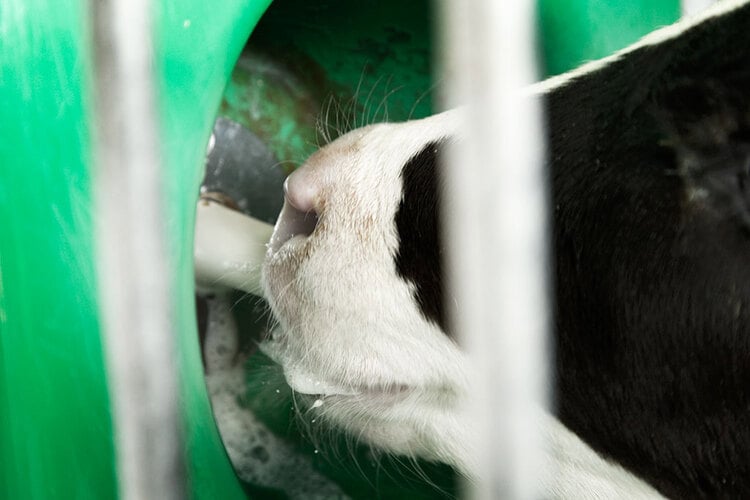The combination of feeding elevated planes of nutrition and weaning at a later age using a step-down method, yields both higher body weight and less stress.
LifeStart weaning strategies for calves
Intensive milk feeding programs require time for good rumen development. Several elements of the approach for weaning calves have been studied as part of the LifeStart program. Based on this work and the work of others, it’s clear that the following points are important:
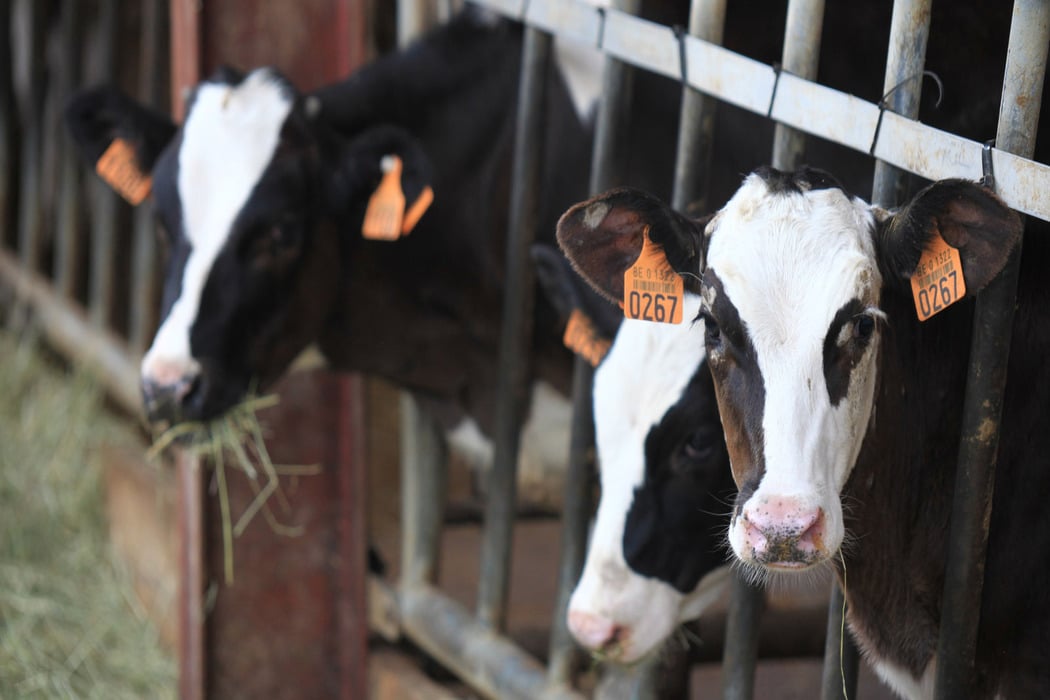
- Calves should eat at least 1.5 kg of starter feed before they are weaned
- Weaning should not take place too early, the calf weaning age should be at least 10 weeks
- Milk feeding should be lowered after 3-4 weeks, before finally stopping milk feeding
- Avoid stressful procedures such as de-budding or re-grouping at the time of weaning calves
Taking the above points into account, a LifeStart feeding program for dairy calves allows farmers to aim for a bodyweight of 100 kg at 10 weeks of age.
Join LifeStart UPDATES today and be the first to learn more about...
Trouw Nutrition is dedicated to optimize calf rearing principles by developing science based solutions that will enable dairy farmers to produce in a more sustainable way. Together with our global network of scientific institutes, we share solutions to deal with common challenges of the dairy industry.
In 2014 Trouw Nutrition initiated the Kempenshof LifeStart trial in which calves are monitored from birth until the end of their productive life. This trial still continues today.
Our team will share their latest findings and results as well as other important information related to calf rearing from around the world.

